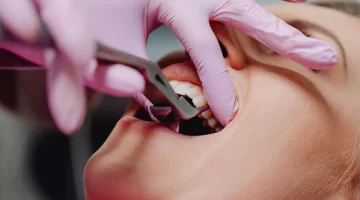In the management of rare and complex diseases such as Epidermolysis Bullosa (EB), it is crucial for patients and caregivers to have access to accurate information. While EB Clinical Practice Guidelines (CPGs) are scientifically-based recommendations developed for healthcare professionals, they also help patients and families better understand the treatment process and take an active role in it. These guidelines cover many aspects of the disease, including skin care, pain management, nutrition, psychosocial support, and rehabilitation. Easy-to-understand guides prepared for EB patients and caregivers offer practical advice that can be applied in daily life, making it easier to cope with the disease and improving quality of life. In this article, we will discuss in detail why EB Clinical Practice Guidelines are important for patients and caregivers, what topics they cover, and how you can benefit from them.
What Are EB Clinical Practice Guidelines and Why Do They Matter?
EB Clinical Practice Guidelines (CPGs) are systematically developed recommendations designed to guide healthcare professionals in delivering the most effective and evidence-based care for patients with Epidermolysis Bullosa (EB). These guidelines compile the latest scientific research and expert consensus to address the complex medical, nutritional, and psychosocial needs associated with EB. They matter because EB is a rare and challenging condition that requires specialized, multidisciplinary management to prevent complications and improve quality of life. By standardizing care practices, CPGs help ensure that patients receive consistent, comprehensive treatment regardless of where they are being cared for. Moreover, these guidelines empower patients and caregivers by providing clear information on best practices, enabling them to actively participate in care decisions and advocate for optimal treatment outcomes.
Global Benefits of Standardized EB Treatment Protocols
Standardized EB treatment protocols offer significant global benefits by ensuring that patients with Epidermolysis Bullosa receive consistent and high-quality care regardless of their location. These protocols help reduce variations in treatment approaches, which can otherwise lead to disparities in patient outcomes. By providing clear, evidence-based guidelines, healthcare providers worldwide can implement best practices that improve wound management, pain control, nutrition, and psychosocial support for EB patients. This uniformity not only enhances overall patient safety and quality of life but also facilitates collaborative research and data sharing across countries. Ultimately, standardized treatment protocols contribute to advancing EB care on a global scale, promoting equity, and fostering hope for better health outcomes for all affected individuals.
How to Apply EB Guidelines in Home Care Settings
Applying EB Clinical Practice Guidelines in home care settings is essential to ensure patients receive consistent, effective management outside of hospital environments. Caregivers should familiarize themselves with key recommendations such as gentle skin and wound care techniques to minimize blistering and promote healing, pain management strategies tailored to the patient’s needs, and nutritional guidance to support overall health. Creating a safe, clean environment that reduces friction and trauma to the skin is also critical. Additionally, caregivers can utilize educational resources provided by EB organizations to better understand dressing changes, infection prevention, and mobility support. Regular communication with healthcare professionals ensures that home care aligns with clinical best practices and allows timely adjustments based on the patient’s condition. By following these guidelines, families can significantly improve comfort, reduce complications, and enhance the quality of life for individuals living with EB.












Leave a Reply